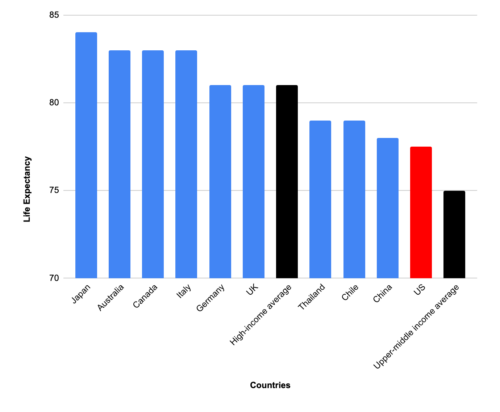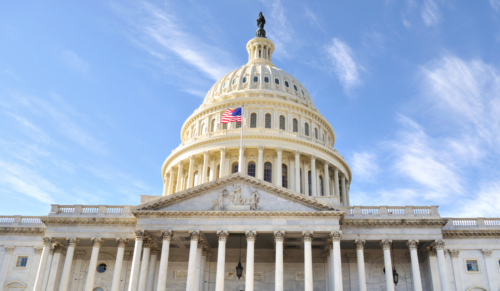ESG Ratings and the Regulation of Information Markets
By: / 04.13.2022
ESG-oriented investing (Environment/Social/Governance) is a key market-oriented mechanism for using the financial system to assess material risk around generally agreed upon societal goals that go beyond profit-maximization. Environmental goals can include such factors as carbon emissions and water usage. Social goals can include diversity, labor standards, and data protection. Governance goals can include executive compensation and board composition.
Assessing the ESG-related performance of a company or country is an extremely data-intensive enterprise. Investors usually end up relying on one of a number of different companies that provide ESG ratings (also called scores or assessments), such as Sustainalytics (a Morningstar subsidiary) and MSCI (listed on the S&P 500). Parent companies of credit rating agencies (CRA) have also moved into the business of providing ESG scores, even as the credit rating agency arms of those companies increasingly incorporate ESG considerations into their credit ratings with greater transparency and consistency.
Considering how new the practice of non-financial evaluations is, ESG ratings from different firms often give very different results, depending on which measures are factored into the scoring process and how they are prioritized. One study suggested only a 31% correlation between ESG ratings produced by Sustainalytics and MSCI. While divergence of views can often be healthy, this degree of difference suggests a lack of shared data and a lack of agreement about the key drivers of ESG risk. By comparison the credit ratings market — another example of an “information market” — has had much more time to agree on many drivers of credit risk.
We applaud the recent proposal by the SEC to require more disclosure by public companies of climate-related risks. That is a good step that will provide investors with more information, help improve the ESG ratings process, and lead to more robust ESG ratings. We will also be able to better determine the connection between ESG ratings and financial performance.
The SEC is also looking at the potential for conflicts in this new area. The agency’s 2022 staff report on Nationally Recognized Statistical Ratings Organizations (NRSRO) raised questions about credit ratings produced by NRSROs, particularly those with ESG affiliates. The report noted that:
….in incorporating ESG factors into ratings determinations, NRSROs may not adhere to their methodologies or policies and procedures, consistently apply ESG factors, make adequate disclosure regarding the use of ESG factors applied in rating actions, or maintain effective internal controls involving the use in ratings of ESG-related data from affiliates or unaffiliated third parties. The Staff also identified the potential risk for conflicts of interest if an NRSRO offers ratings and non-ratings ESG products and services
The SEC was doing its job by raising these questions of methodology and potential conflicts as part of its regulatory oversight. Notably, the inspections did not produce any evidence of actual problems. Yet these concerns can easily be overstated, as they were in recent articles by the Wall Street Journal and Responsible Investor. It’s important to note that such issues of conflicts of interest and consistent application of methodologies arise in any market for information. In a data-driven world, companies that use data to provide third-party assessments of products, services, and other companies will always be under pressure to modify their assessments by those being assessed or with something to gain from the assessment. As I wrote in a January 2021 policy brief, available on the Progressive Policy Institute website:
In every part of the economy, the Information Age has made an exponentially increasing amount of data available to everyone. The difficult problem is extracting useful signals from the noise, especially when some market participants are actively taking advantage of opportunities to manipulate data, or to create false signals.
The key is to develop a set of processes and incentives that help manage new conflicts of interest. That’s certainly not an insurmountable problem, as the credit ratings agencies have shown. Indeed, credit rating agencies are known for their ability to apply their methodologies in a consistent and transparent fashion. In fact, that’s the essence of their business model. As I wrote in the policy brief:
The agencies assess the creditworthiness of the bonds according to published and detailed methodologies. In fact, there is literally nowhere else in the private sector that gives this level of transparency into the intellectual property of an organization, or that so rigorously documents their internal methodology for making decisions (imagine a newspaper committing itself publicly for how it chooses stories or does reporting, including reporting on advertisers).
True, the credit rating agencies came under criticism for their role in the 2008-2009 financial crisis. But the aftermath of the crisis, SEC oversight of CRAs was greatly increased. As Jessica Kane, then director of the SEC’s Office of Credit Ratings, noted in a 2020 speech: “In the span of 15 years, the credit rating industry has gone from being largely unregulated to being subject to a robust disclosure and examination regulatory regime.” As a result, the CRAs consistently produce strong signals that are useful for market participants. ESG ratings firms should strive to do the same.






